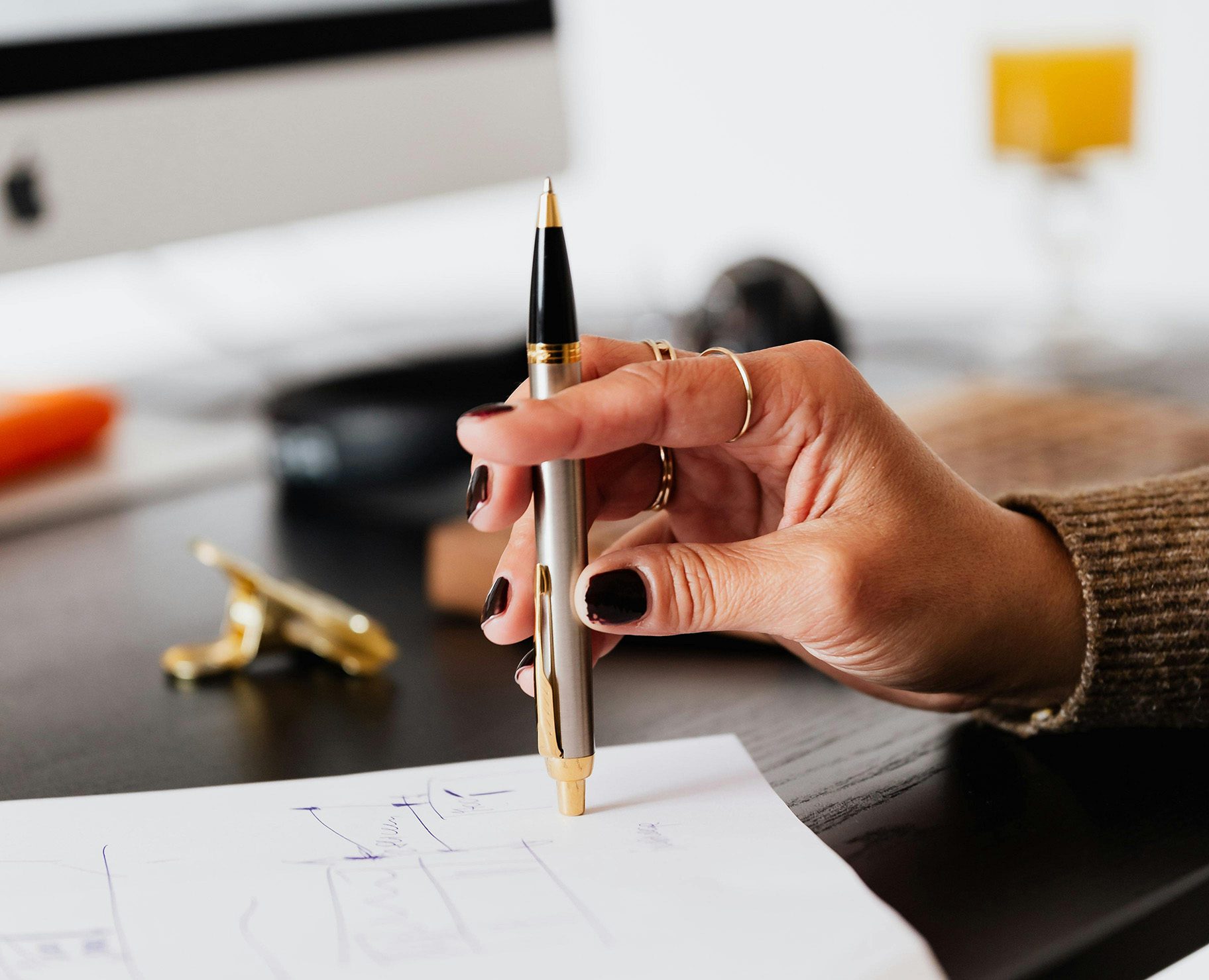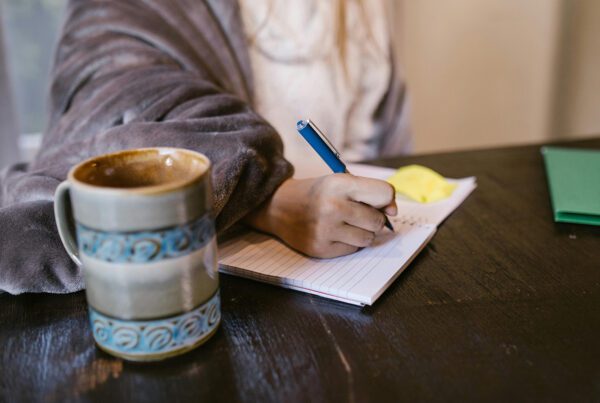In today’s fast-paced world, staying organized isn’t just helpful—it’s essential. Whether you’re managing a growing business, balancing work and family, or working toward personal goals, a good paper planner can be one of your most effective tools. But simply owning a planner isn’t enough. The key is knowing how to use it in a way that fits your life and thinking style.
This guide will walk you through how to use a planner effectively—especially if you prefer pen and paper—and highlight the value of using a structured planning system like the Planner Pad Organizer, one of the few paper-based tools built around how people actually plan.
1. Understand Your Planning Style
Before you dive into using any planner, it’s important to identify how your brain organizes information. Some people think in big-picture goals, while others focus on daily checklists. The best planning systems are the ones that adapt to you—not the other way around.
The Planner Pad Organizer uses a unique funnel-down format that moves from broad categories to specific tasks. This structure supports a more natural way of thinking and is especially helpful for people juggling multiple roles or projects at once.
2. Start With Weekly Overviews
A common mistake with planners is jumping straight into daily to-do lists without a clear weekly roadmap. Use your business organizer to block off time once a week—say, Sunday night or Monday morning—to sketch out your top priorities across all areas of your life.
The top section of the Planner Pad layout is designed for this: you can list work projects, personal tasks, errands, and goals in one place. If you’re new to this approach, check out how it works for a breakdown of the system.
3. Break Goals Into Manageable Daily Tasks
Once your weekly categories are set, translate each item into actionable steps. A good paper planner helps you stay realistic by encouraging you to focus on what can actually get done in a day.
The Planner Pad’s middle and lower sections are specifically laid out for this process—scheduling your to-dos by day and time. This makes it easier to stay focused and avoid feeling overwhelmed. You can also explore accessories like add-on notes pages or appointment trackers to further customize your layout.
4. Make Space for Both Work and Life
One reason paper planning still resonates is that it gives you a holistic view of your life. Digital calendars can be great for reminders, but they often keep work and personal tasks siloed. With a business organizer like the Planner Pad, everything from client meetings to grocery runs can live in the same system—visually prioritized and easy to review.
For those managing multiple roles, this blend of structure and flexibility can make a big difference. If you’re not sure which format is right for you, browse the planner formats page to explore options like executive size or spiral-bound editions.
5. Build a Planning Habit
No planner system works if it stays closed. The most effective users treat their planner like a daily partner. Spend a few minutes every morning reviewing your schedule and setting your top three priorities. At the end of the day, reflect on what got done and prep for tomorrow.
Consistency matters more than perfection here. Building the habit of checking in with your planner—like a trusted assistant—can reduce stress and boost focus.
6. Why a System-Based Planner Matters
There are plenty of beautiful planners on the market, but aesthetics alone won’t keep you organized. If you’ve tried multiple planners and still feel scattered, the problem may be the lack of a system.
What sets the Planner Pad Organizer apart is that it’s one of the few paper planners designed around a specific methodology. It doesn’t just give you space to write things down—it guides you to think through your week, organize your priorities, and take action daily. It’s not for everyone, but if your days feel hectic and unfocused, it’s worth exploring a structured format that can work with the way your brain organizes information.
Final Thoughts
Using a planner effectively isn’t about filling every line—it’s about having a reliable system that helps you focus, plan, and follow through. Whether you choose a basic notebook or a full-featured paper planner, the goal is to gain clarity and control over your time.
If you’re looking for a planner that brings structure to your busy life without being rigid, the Planner Pad Organizer might be the right fit. Explore the options, experiment with your routine, and find the planning method that actually sticks








